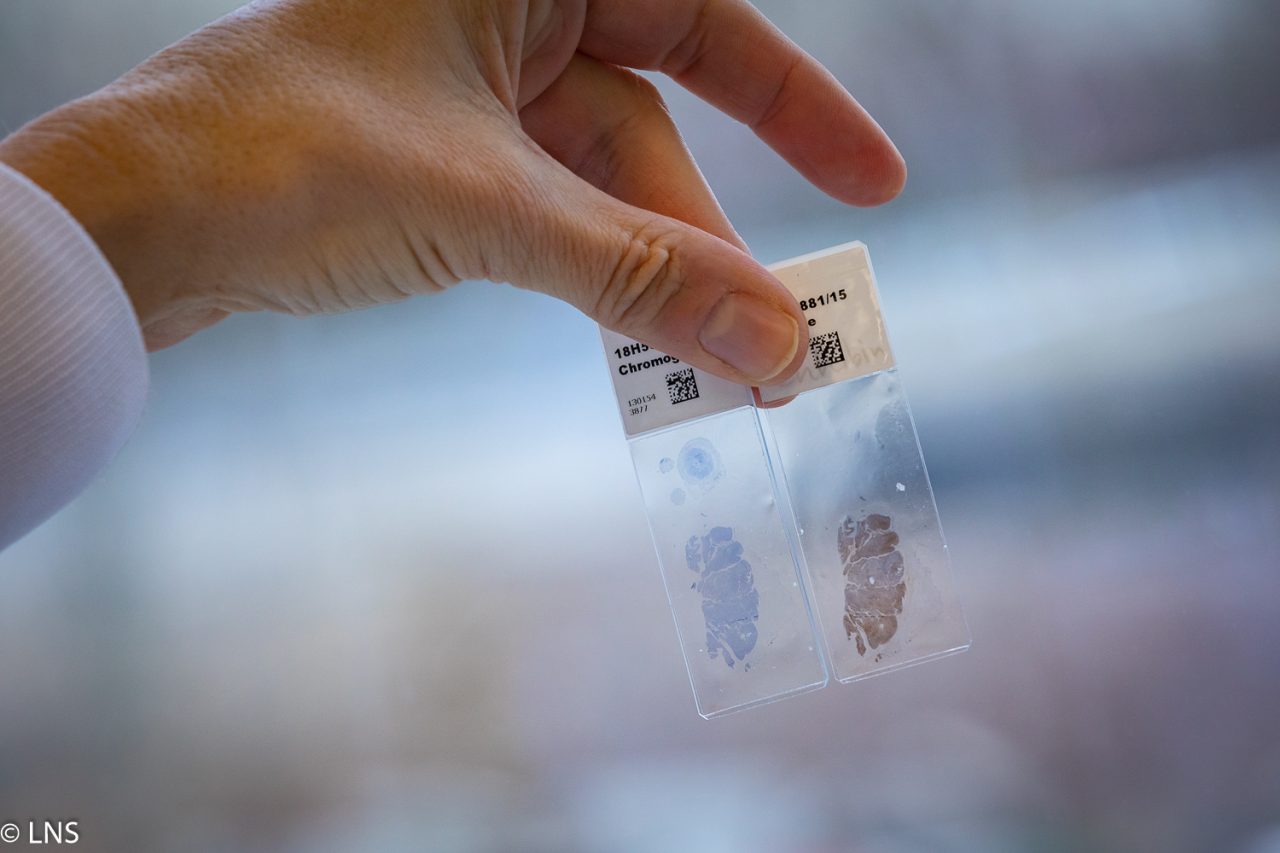

Authors: Baaken D, Hammer GP, Seidenbusch MC, Schneider K, Spix C, Blettner M, Pokora R, Lorenz
Studies on children exposed to ionising radiation by computed tomography (CT) indicate an increased risk of leukemia and central nervous system (CNS) tumors. Evidence of the risks associated with diagnostic x-ray examinations, the most frequent examination in pediatric radiology, in which the radiation dose is up to 750 times lower compared to CT examinations, is less clear. This study presents results of the second follow-up for the risk of childhood cancer in a cohort of children (<15 years) with diagnostic x-ray exposure at a large German hospital during 1976–2003 followed for additional 10 years until 2016. With a latency period of 6 months, 92 998 children contributed 794 549 person-years. The median effective dose was 7 μSv. Hundred incident cancer cases were identified: 35 leukemia, 13 lymphomas, 12 CNS tumors, 15 blastomas, 15 sarcomas and 10 other solid tumors, consisting of six germ cells tumors, three thyroid cancers and one adrenocortical carcinoma. For all cancer cases combined the standardised incidence ratio (SIR) was 1.14 (95% confidence interval (CI) 0.93–1.39), for leukemia 1.15 (95% CI 0.63–1.61), for lymphomas 1.03 (95% CI 0.55–1.76), for CNS tumors 0.65 (95% CI 0.34–1.14), for blastomas 1.77 (95% CI 0.91–2.91), for sarcomas 1.28 (95% CI 0.71–2.11) and for other solid tumors 2.38 (95% CI 1.14–4.38). Dose-response analysis using Poisson regression revealed no significant trend for dose groups. Results did not differ substantially with a latency period of 2 years for all cancer entities and 5 years for solid tumors in sensitivity analyses. Overall, the null results of the first follow-up were confirmed. Although an association between radiation exposure and a risk for certain solid tumors like thyroid cancer is known, the significantly increased SIR in the group of other solid tumors must be critically interpreted in the context of the small number of cases and the very low doses of radiation exposure in this group.
, ,